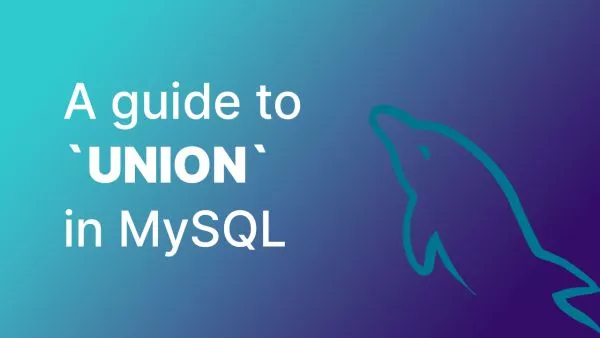- 1. Setting Up MySQL
- 2. Update Your Environment File
- 3. Configure Statamic
- 4. Migrate Your Data
- 5. Update Your Templates
- 6. Test Your Site
- 7. Backup Regularly
- Wrap up
Statamic, a flat file CMS built on Laravel, is known for its ease of use and lightning-fast performance. However, as your site grows, you might find the need to switch to a relational database like MySQL for scalability, enhanced query performance, and better data management. Thankfully, with Statamic's Laravel foundation, this transition is manageable. Let's walk through the steps to use MySQL instead of flat files in your Statamic project.
1. Setting Up MySQL
Before integrating MySQL with Statamic, ensure you have:
- A MySQL server running.
- Created a database for your Statamic site.
- Secured a MySQL username and password with the necessary privileges.
2. Update Your Environment File
Statamic leverages Laravel's .env file for environment-specific configurations. Update this file with your MySQL database details:
DB_CONNECTION=mysql
DB_HOST=127.0.0.1
DB_PORT=3306
DB_DATABASE=your_database_name
DB_USERNAME=your_username
DB_PASSWORD=your_password
3. Configure Statamic
You'll need to tell Statamic to use MySQL. Within the Statamic configuration, set your content driver:
'content' => 'eloquent',
This tells Statamic to use Laravel's Eloquent ORM, which interfaces with MySQL.
4. Migrate Your Data
Now comes the slightly tricky part: migrating your flat file data to MySQL. Depending on your data's complexity, you might need a custom migration script. However, for basic data:
- Convert Content to Collections: Ensure all your flat file content is organized into Statamic collections.
- Export to JSON: Statamic provides functionality to export collections to JSON.
- Import to MySQL: Using Laravel's database seeder functionality, read the JSON files and populate your MySQL tables accordingly.
Remember to structure your tables in a way that mirrors Statamic's content structure for smooth compatibility.
5. Update Your Templates
If you've used flat file-specific logic in your Statamic Antlers templates, ensure you update them to pull data from MySQL. With Eloquent as the content driver, you can use Laravel's query builder to fetch data.
6. Test Your Site
Before deploying these changes, conduct a comprehensive test:
- Ensure all content displays correctly.
- Test form submissions and other dynamic features.
- Monitor performance. MySQL should be faster than flat files for sizable datasets.
7. Backup Regularly
Switching to a database means you need a robust backup strategy. Regularly backup your MySQL database to prevent data loss. Tools like mysqldump and services like Amazon RDS make this process straightforward.
Wrap up
Switching from flat files to MySQL in Statamic might seem like a daunting task, but with the power of Laravel behind the scenes, it's entirely feasible. This switch offers scalability benefits and enhanced querying capabilities, especially for larger sites. With careful planning, testing, and the right tools, your Statamic site can harness the full power of MySQL without sacrificing its original charm.


